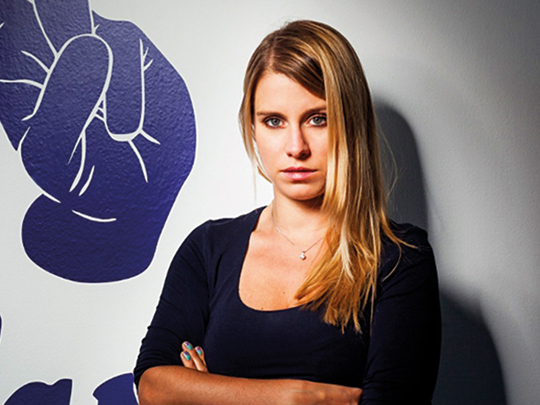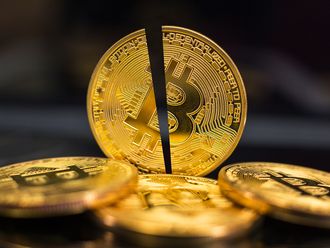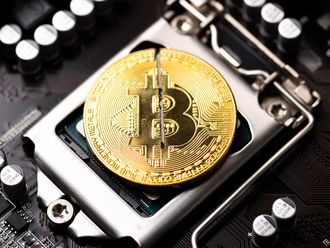
Dubai
With social media influencers all over the place these days, it wasn’t going to be long before someone came up with a crypto-currency all for them. Now, indaHash.com — a portal that is a meeting place for influencers and brands — is launching just that. It has confirmed an initial coin offering (ICO) that will create a crypto-currency payment structure for social media influencers, their audiences and brands.
The pre-ICO starts on November 8 and runs for seven days. The final number of indaHash Coins created is to be determined by how many tokens are released in the ICO, and 80 per cent of all coins are available during pre-ICO and ICO. A maximum of 18 per cent of the total supply of coins will be used to “engage and educate existing and new influencers”.
But at the end of the day, do influencers need a crypto-currency to call their own? “We now have over 300,000 influencers across 70 markets with differing financial structures in each,” said Barbara Soltysinska, CEO of indaHash.com. “This can mean influencers can wait 30-60 days for payment depending on where they are. By giving them access to their own crypto-currency we can trigger payments almost instantly and abolish minimum payment limits.
“We see this as a longer-term project where we help the cryptocurrency market to develop along with our business. A key part of this will be educating and informing our influencers ... and through them, their audiences. That’s why we have reserved up to 18 per cent of the indaHash Coin specifically to reward, educate and engage influencers.
“If we can activate just a small portion of our platform, we have the ability to effect real growth in the crypto-currency world.”
Launched in early 2016, the platform automates content marketing campaigns with the influencers that populate Instagram, Facebook and Snapchat. It has since been involved in more than 1,000 campaigns for brands such as Coca-Cola, McDonald’s, P&G, or L’Oreal. The app has over 300,000 registered influencers.
“We are vigilant against follower buying or other forms of ad-fraud,” said Soltysinska. “ As result, it is the influencers themselves who create and upload the content.
“Brands can choose our ‘VideoSeeding’ product where the influencer is acting as the broadcaster or ask influencers to post branded content created in-house. When a brand sets a task, it specifies which platform the content should be posted. They can opt for a traditional CPM (cost-per-thousand), CPE (cost per engagement) or CPV/CPS (Cost per View or Snap).
“However, with our pay-per-content model, the brand pays the influencer to create content according to the brief and not to be posted on their own channels. It can then use it on any or offline platform — it’s effectively an automated creative agency. It will be the brand that determines where that content will go.
“It’s our job to help brands see through the hype and get genuine RoI from their influencer campaigns. Only two out of five influencers are accepted onto the indaHash platform and we monitor quality, engagement and reach continually. Influencers have genuine impact on awareness and sales and that is why the industry has seen such phenomenal growth.”












